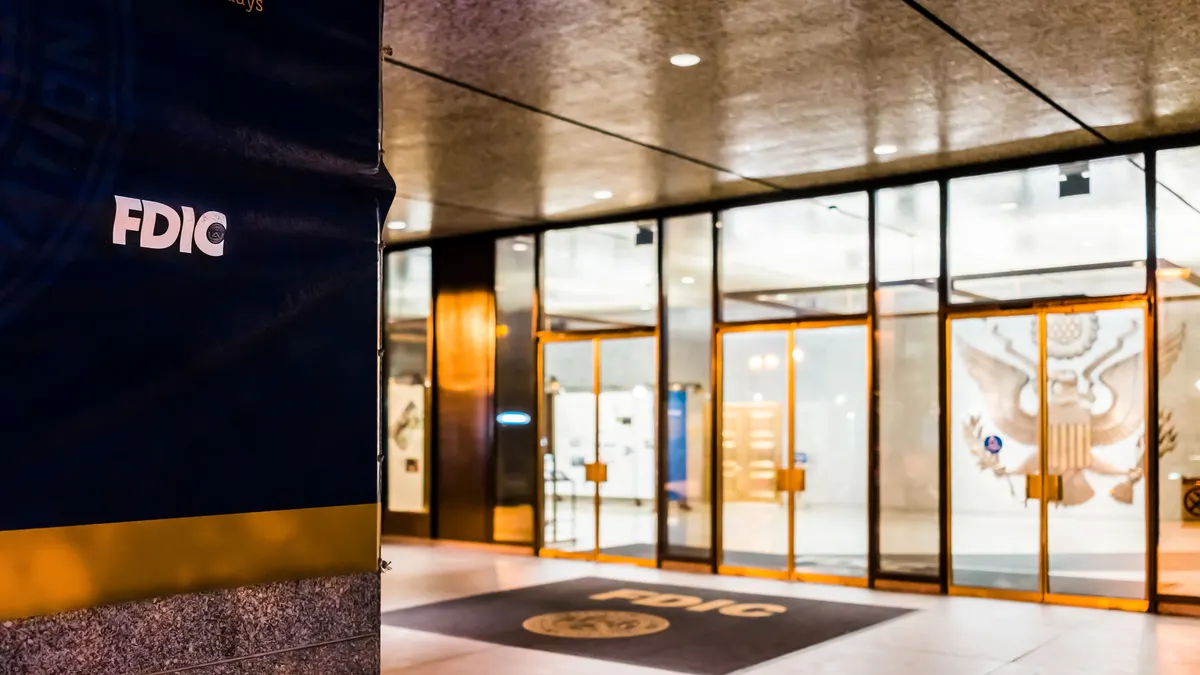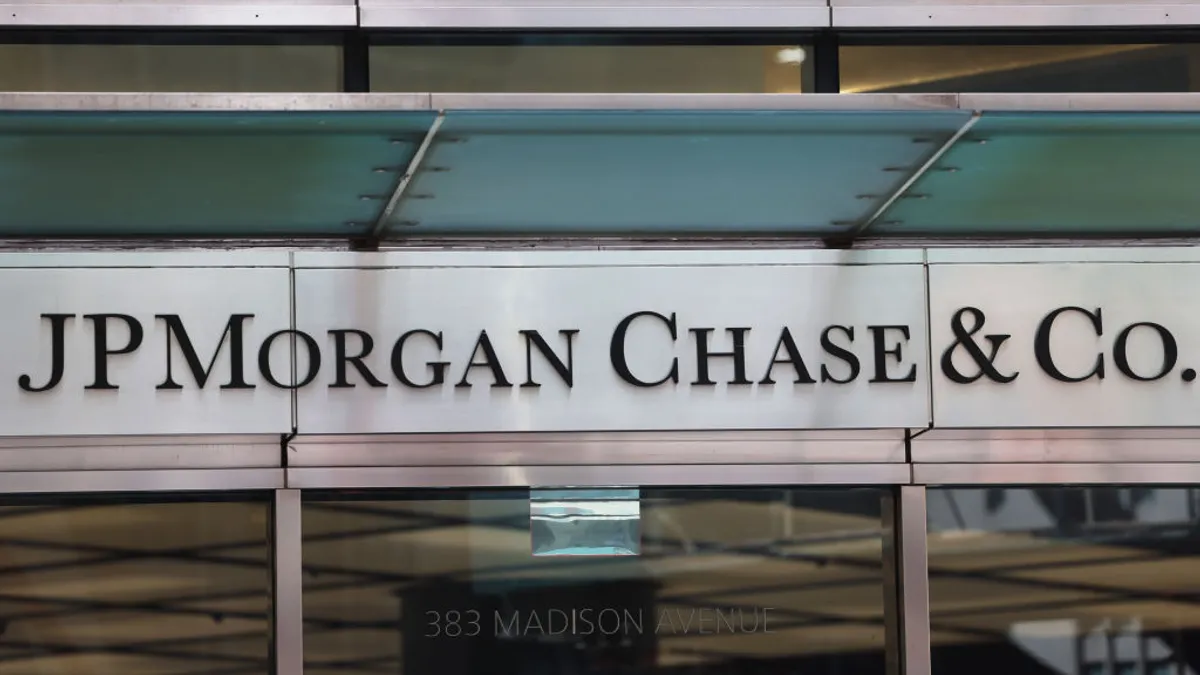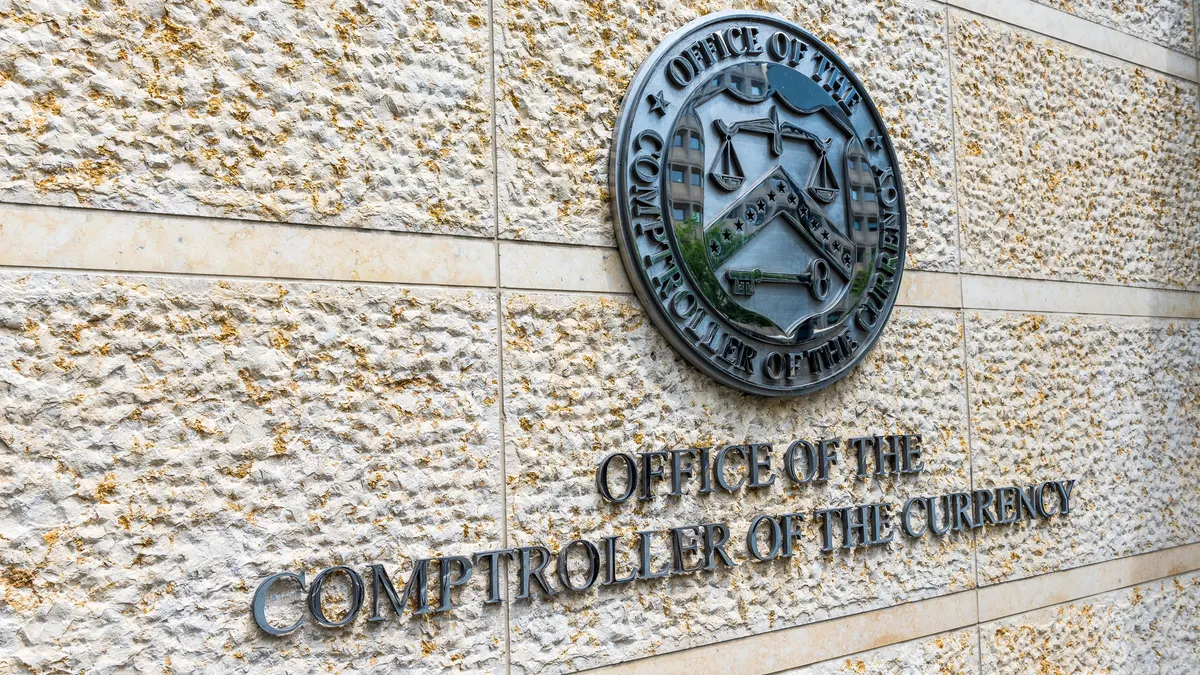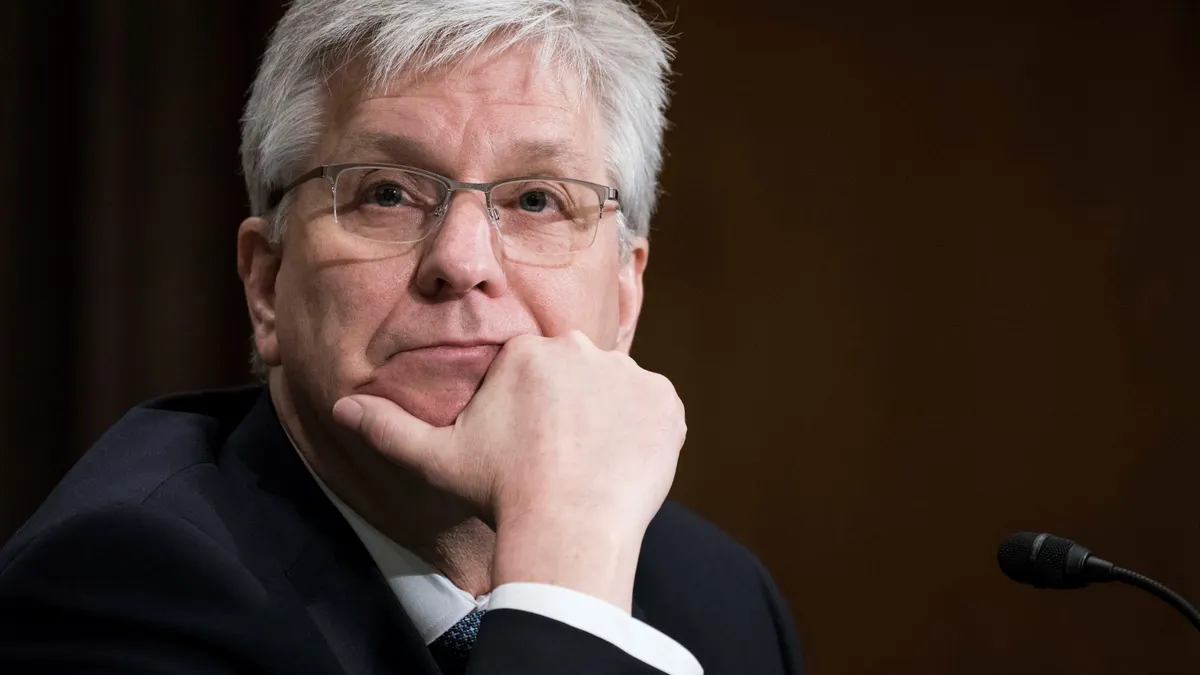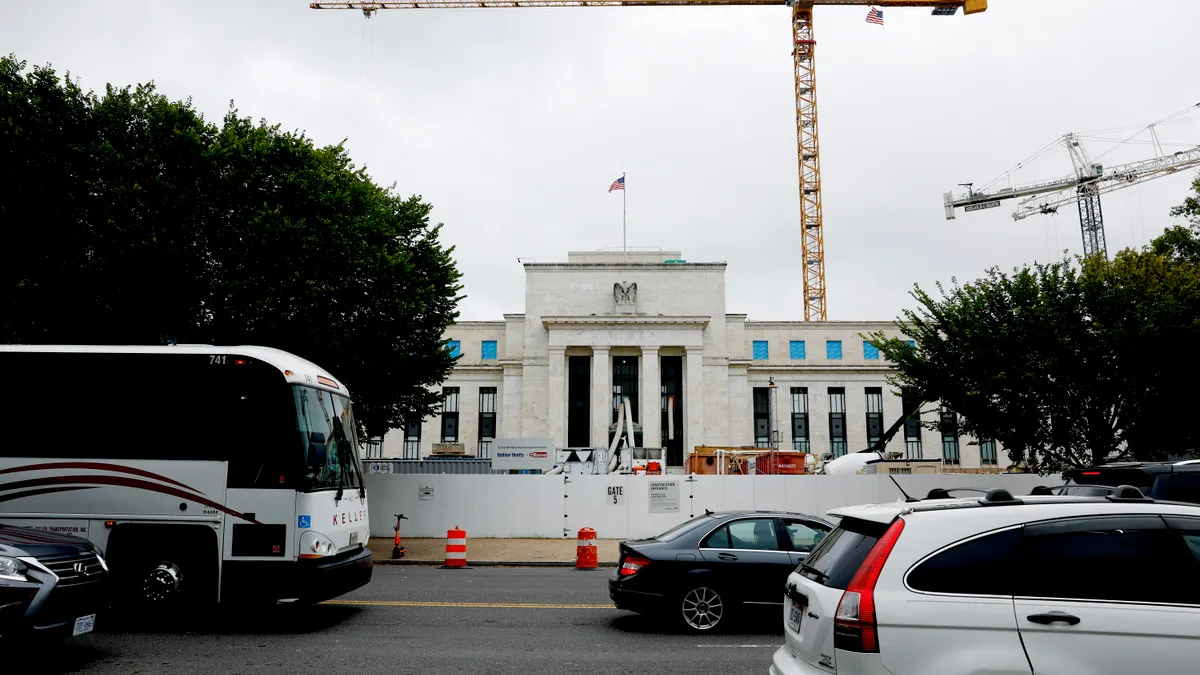After more than a dozen Goldman Sachs junior investment bankers complained to management last year that their working hours were “inhumane” and their morale souring, Citi — with a well-timed pivot toward hybrid schedules — was often regarded as the anti-Goldman.
Upon further reflection, that bank may not have been the most aligned with the label. Less than 24 hours after the Goldman employees’ presentation went viral, Jefferies fired off a memo offering each of its analysts and associates, among other options, a Peloton bike (it must have seemed like a good idea at the time) with a one-year subscription — meant to show that the bank not only appreciated its employees’ work but was looking out for their health while they worked remotely.
It’s not the only point during the COVID-19 era when Goldman and Jefferies found themselves on opposite ends of the spectrum. In May 2020, just two months after the pandemic began, Goldman Sachs executives told employees they were “carefully thinking about a gradual ‘return to office’ framework,” emphasizing that some staff members outside the U.S. had begun coming back.
Jefferies, in the same week, said employees — not government officials or company executives — should have the last word on when to return to the office. The bank’s CFO, Peg Broadbent, was among the earliest high-profile COVID deaths in the finance sphere.
“Our offices will not be open and full again when the president, governor, mayor or the two of us say they are,” Jefferies CEO Rich Handler and President Brian Friedman wrote in a May 2020 memo. “Each of us are running at a million miles an hour, without ever leaving our home-office caves. We recognize this reality and are deeply appreciative.”
Jefferies’ reference to the government component may echo even two years later, contrasted against a policy shift Goldman announced this week in response to updated guidance from the Centers for Disease Control and Prevention.
Namely, Goldman said Tuesday it would drop its requirement for workers in the Americas to be vaccinated against COVID-19 to enter its offices. (The policy actually does not apply to employees based in New York City.) The memo contained no explicit mandate on the number of days per week employees would be expected to work from the office. Rather, the bank told employees, “if you have not been coming in to the office, please speak with your manager to ensure that you understand and adhere to your division’s current return to office expectations.”
Perhaps banks have found ambiguity works. “As we move into the fall, I’m asking our leaders and colleagues to come together more often in person to work and collaborate,” Royal Bank of Canada CEO Dave McKay wrote in a memo last month.
“Technology can’t replicate the energy, spontaneity, big ideas, true sense of belonging and fun” of being in the office together, he added.
More to the point, maybe banks have found specific remote-work-to-office-work ratios haven’t been successful.
Advanced Workplace Associates (AWA), a consultancy, found that when organizations have policies requiring employees to come in to the office two days a week, workers attend an average of 1.1 days, according to a global survey of roughly 80,000 workers. For companies with an in-office attendance policy of “two to three” days, that figure is 1.6. Companies requiring three days in the office are getting 2.1, the survey found.
"When we came out of lockdown and regulations were relaxed, people tried coming into the office ... and when they got there they found all they were doing was being on Zoom calls,” said Andrew Mawson, a managing director at AWA, told Reuters.
Goldman, for its part, has tried since at least March to boost in-office attendance by, according to reports, electronically monitoring swipes of employees’ personal identification cards.
With all that in mind, it was time to brace for the Jefferies anti-Goldman counter-argument. But a memo Thursday from Handler appeared uncharacteristically light on the “counter” part.
“As long as COVID continues to be manageable, we need everyone back in our offices on a consistent basis so we can truly maximize our fourth and final quarter and the future that is ahead,” Handler wrote, according to Bloomberg and Reuters. "Let's all just appreciate that together, rather than in lonely home silos, we can do our best to close out the year the right way."
Wait. Observers may be thinking: That’s the swing to the far reach of the pendulum?
Where’s the swipe at Goldman?
Jefferies employees are free to work in a hybrid format when needed, Handler added Thursday. “We are not going to look at individual names on the turnstiles,” he wrote.
Exhale. Maybe balance has been restored.





